April 25, 1990: Steve Jobs shuts down Pixar’s hardware division (yes, it used to have one!), ending production of the pricey Pixar Image Computers immediately.
Jobs sells the company’s hardware unit to Fremont, California-based imaging company Vicom Systems for a paltry $2 million.
Pixar Image Computer: Too expensive
Pixar was Jobs’ “rebound” company after his acrimonious departure from Apple in 1985. In early 1986, he bought a majority interest in the animation studio from Star Wars creator George Lucas for just $5 million (and an extra $5 million in guaranteed funding).
The long-term dream of Pixar’s founders was to create feature-length computer-animated movies, which is exactly what happened. However, while they waited for Moore’s law to make this kind of computing power possible, Jobs thought the company could sell computers to pay its way.
The Pixar Image Computer got developed under Lucas’ leadership. He found existing computers weren’t yet powerful enough to handle the computer graphics needed to produce Pixar’s own work (or to meet the demands of Hollywood studios that hired the company).
The computer launched three months after Jobs acquired controlling interest in Pixar. It was an impressive piece of kit, but carried a $135,000 price tag and needed a $35,000 Sun Microsystems or Silicon Graphics workstation to function.
A second-generation Pixar computer called the P-II followed in 1987, with a vastly reduced price tag of “just” $35,000.
However, the computers sold poorly — and to a relatively small number of buyers. By April 1990, fewer than 300 Pixar Image Computers had sold, with the main buyers including the Walt Disney Company, universities, intelligence agencies and medical research labs.
When Pixar’s five-person Animation Group won an Oscar for its short film Tin Toy in 1989, Jobs’ interests switched to that team, which he had previously planned to kill off due to its inability to turn a profit. The hardware division got canned instead.
This happened amid a bad few years for Jobs. Of the two companies he owned — Pixar and NeXT — neither sold hardware in the quantities necessary to reach sustainability. Three years after Pixar stopped building computers, NeXT also quit making hardware — and laid off 330 of its 500 employees.
Fortunately, both events turned out to be for the best. A reconfigured version of NeXT’s operating system, called OpenStep, led to NeXT being sold to Apple in 1996. (This ultimately led to Jobs becoming Apple’s CEO.)
As for Pixar, the renewed focus on animation led to Toy Story, which triggered the IPO that made Jobs a billionaire for the first time.

